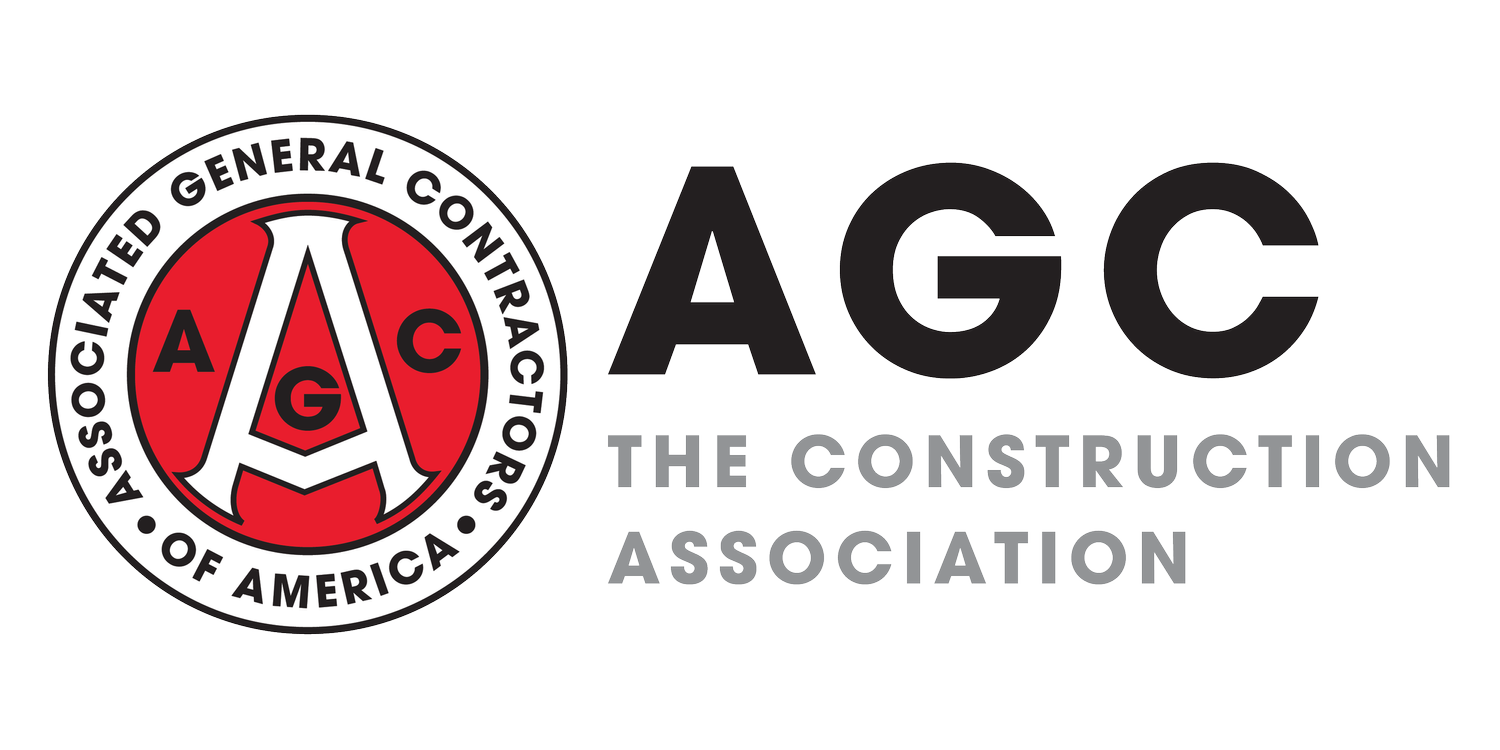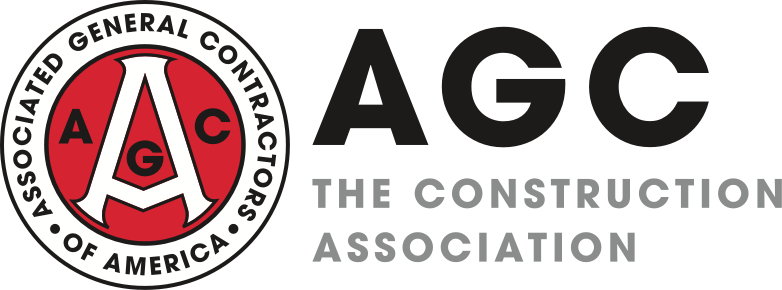The New Frontier of Safety in Construction
By Jason Hannold, Head of Construction, Senior Account Manager
Pivot Onsite Innovations, a member of General Building Contractors Association
Safety has long been a bedrock of the construction industry, but it still remains a dangerous one with deaths only decreasing by 2.2% from 2020 to 2021, according to Bureau of Labor Statistics data. The reality is: a construction worker’s health has a direct impact on their performance, and poor health can lead to deadly mistakes. In recent years, the definition of safety in construction has evolved to encompass more than personal protective equipment and signage. Today, it includes the health and wellness of construction workers.
What’s Driving The Safety Evolution?
Safety in construction has begun a major shift to include not just physical health, but mental health as well – and workers are driving this change. Across industries, the pandemic put a spotlight on mental health in the workplace and employees have indicated they want more support from their employers when it comes to their health and well-being. This is especially true of younger generations entering the workforce. In a survey from Gallup, Generation Z and Millennials said the number one thing they look for in their employer is that it cares about their well-being.
This trend isn’t going away, and it’s not something the construction industry can ignore as the workforce ages. The average age of a construction worker is about 43 years old, according to the BLS. Construction companies will need to invest in employee well-being if they want to attract younger workers and retain the best talent. While reactive injury care is always going to be essential on a construction site, preventive care plays an important role in the health of workers and the success of the site. It reduces injuries over time and provides the level of care that workers today are looking for in an employer.
AGC and Youturn Health are dedicated to providing support for behavioral health and substance use issues, and AGC is thrilled to announce a new program that provides member firms with special discounts on Youturn Health's innovative, construction-industry focused education and support services for your employees and their families. To learn more click here.
What Does This Mean For Construction Team Leaders?
As workers’ mindsets change about the role of employers in their health, construction leaders must adapt if they want to have productive, motivated and loyal teams. This means going beyond reactive on-site injury care. Team leaders must consider introducing wellness and prevention programs for their workforce.
The first step is to start viewing construction workers as industrial athletes. They’re putting their bodies under significant stress for eight to 10 hours a day for five to six days a week, often in extreme weather conditions. That’s more grueling than the schedules of professional football, basketball, hockey and baseball players. Workers need to be treated like athletes they truly are with both physical and mental preparation and support. That might sound like a heavy lift, but on-site athletic trainers have the ability to completely flip the culture of their worksites.
With much of their days spent on the jobsite, bringing health care resources directly to the worker is crucial to ensure they are giving their health and wellness the attention it needs for them to perform their best. Athletic trainers can introduce programs to help workers prevent injuries and recover from previous ones, such as stretch-and-flex exercises at the start of each day, biometric screenings to check for underlying health concerns, and health and nutrition coaching. These programs all contribute to a worker’s overall health and, in turn, their job performance. Of course, the best athletic trainers can do much more than that. They become a partner for leaders, observing potential hazards on the site or worker habits that need to be changed, and working as a team to improve safety planning.
“We cannot stand by while a silent epidemic of suicide takes place within our industry,” said Stephen E. Sandherr, AGC of America's chief executive officer. “We want to reduce the stigma of mental health issues in this industry, let people know it is okay to ask for help and, ultimately, save lives.”
Please visit https://www.agc.org/mental-health-suicide-prevention for tools and resources related to mental health, substance abuse and suicide prevention.
How Can Leadership Engage Workers In Wellness Programming?
Construction leaders might have doubts about adding preventive health programming to their sites, wondering if workers will actually participate and take advantage of them. Those concerns are often misguided. Most workers are eager to better themselves but barriers in time and access to health resources simply get in the way. That’s why one of the keys to increasing health engagement is providing these programs right at the jobsite. Asking workers to visit an off-site clinic just adds another barrier to care. When clinicians are on the jobsite with workers, they’re able to form relationships and build trust with the workforce. Workers are more likely to be proactive about their health when a professional is just a few footsteps away rather than having to undertake the burdensome process of scheduling a visit, waiting weeks for an appointment, and having to take time off to visit a doctor. And if an on-site clinician sees an indication of a more serious issue, they are easily able to refer the worker to the right specialist to get the care they need.
Another key to engaging workers in wellness programs is consistency. This includes making sure things like stretching sessions, wellness carts or hydration stations are available on a routine basis. It’s also important to have professionals like athletic trainers on-site every day who are constantly pushing workers to engage in their health, whether through informal conversations and check-ins or through site-wide competitions that promote nutrition, sleep or hydration.
The final key to engagement is buy-in from leadership, meaning a commitment to a culture of care and concern. Team leaders need to encourage workers to participate in these programs and give them the flexibility to prioritize their health and wellness. Doing so shows workers that they are cared for and will in return boost their job satisfaction and improve retention.
The days of just providing care for injured workers are over. Today, safety is about caring for the whole health of construction workers and championing a culture of wellness. It’s a necessity to attract top talent and to facilitate a motivated, productive and successful workforce.
Jason Hannold is head of construction, senior account manager, at Pivot Onsite Innovations. In this role, he works to develop and deploy safety programs at construction sites across the country.


